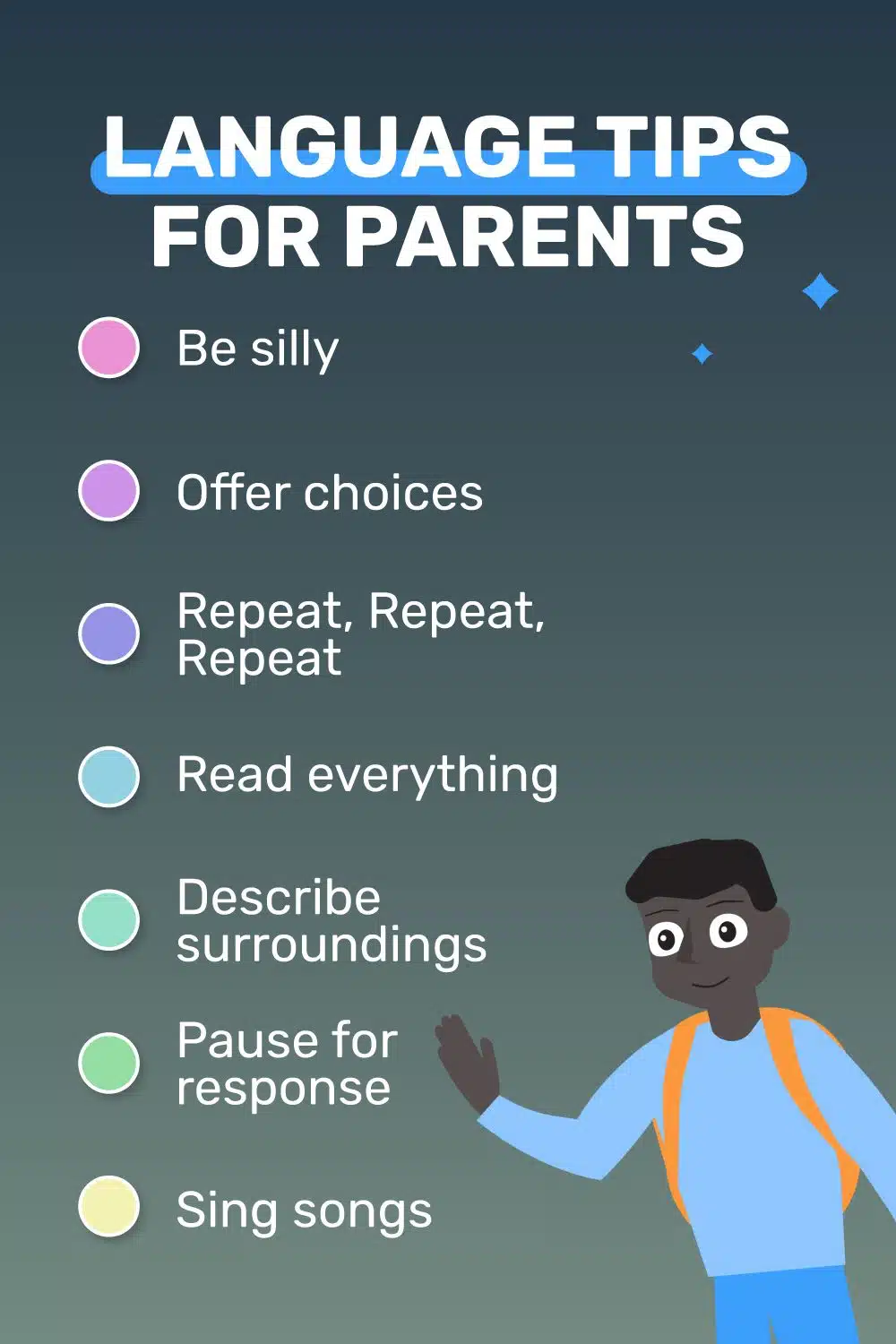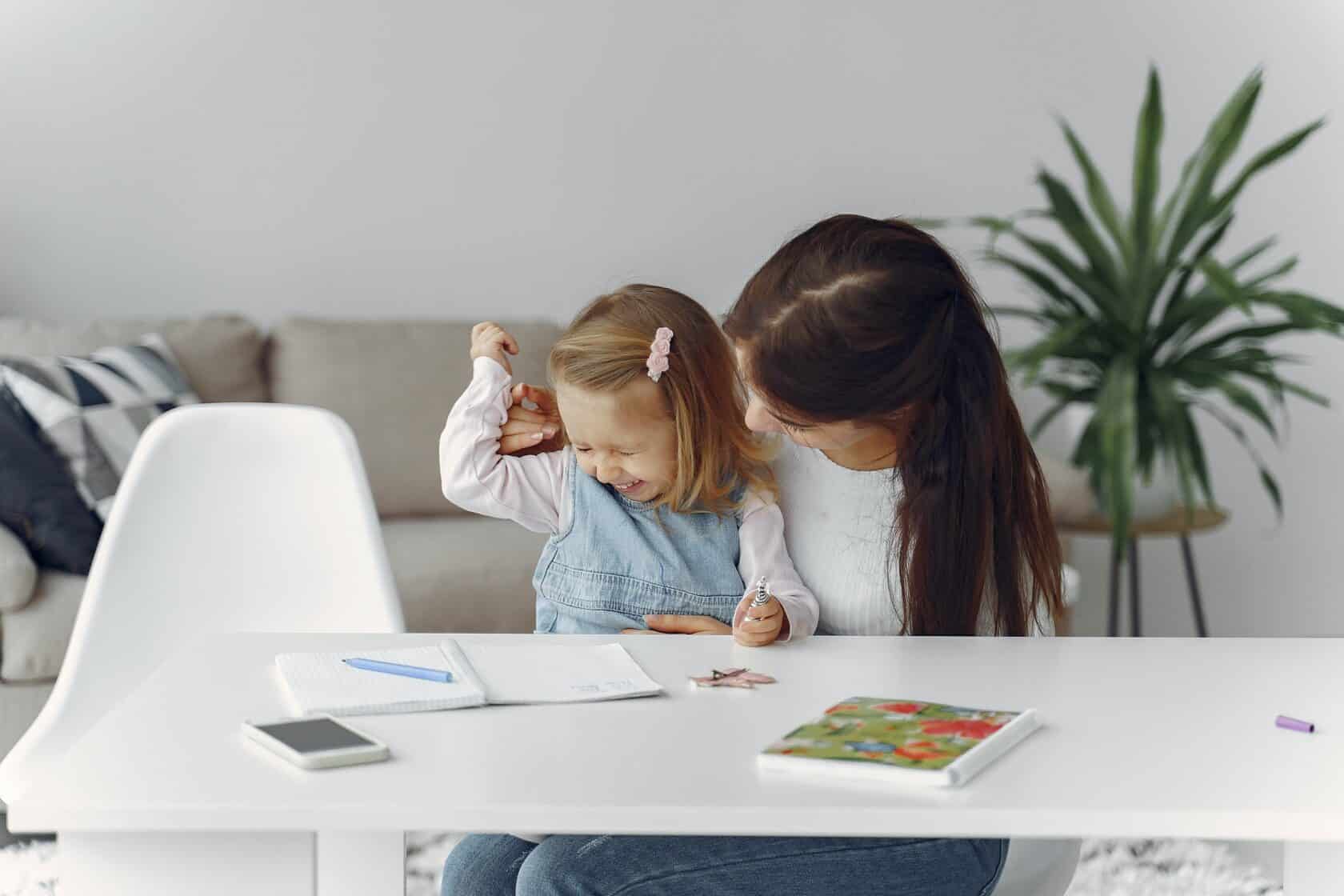Modeling language is a powerful technique that aids children in developing their communication skills. Here’s a brief introduction on how it works and some examples of how it can be implemented:
- Parental Example: Parents demonstrate proper language usage by speaking clearly and using gestures or signs alongside their words.
- Sentence Expansion: When a child says a simple phrase, parents respond by expanding it into a more complete sentence, reinforcing proper grammar and vocabulary.
- Repetition: Parents repeat key phrases or sentences to help children internalize and remember them.
- Question and Answer: Engaging in conversational exchanges, parents ask questions and encourage children to respond, fostering communication skills.
- Storytelling: Parents use storytelling to engage children, exposing them to new vocabulary and narrative structures.
By implementing these strategies, parents can effectively support their child’s communication development. Goally, our tablet supports this with visual schedules, AAC, games, and learning activities that make modeling language even more enjoyable and effective!
This post was originally published on April 1, 2023. It was updated on July 8, 2023.














